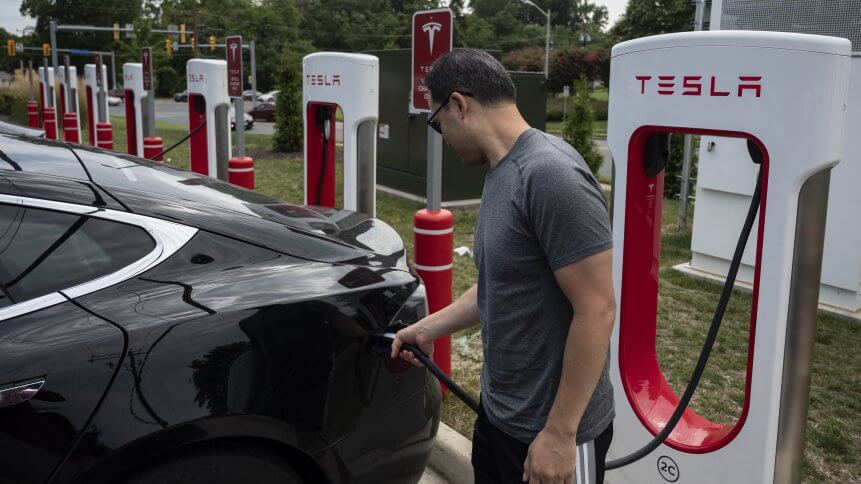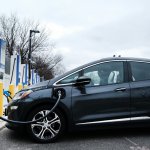Electric vehicle chargers rev up cybersecurity worries

- Electric vehicle (EV) chargers aren’t immune to cybersecurity woes, as connectivity becomes broader and devices get smarter
- The UK, for example, made it compulsory last year to install EV charge points at new homes and non-residential buildings like workplaces and supermarkets
- IT research group Gartner’s recent forecast put the number of global public EV chargers at 2.1 million units in 2022, increasing from 1.6 million units last year
Cybersecurity is always a risk as connectivity becomes broader and devices get smarter with IoT (Internet of Things) technology – and electric vehicles (EV) chargers are not immune to this hazardous interdependency either.
This could balloon into a big problem if left unaddressed as the EV chargers are set to be a common sight as the world pushes for a zero-emission future.
Electric Vehicles to increase
IT research group Gartner’s recent forecast put the number of global public EV chargers to be 2.1 millionunits this year, increasing from 1.6 million units in 2021. It also predicted 6 million electric cars (battery-electric and plug-in hybrid) would be shipped this year, 2 million more than last year.
Nearly half (46%) of the shipment, or 2.9 million EVs, will go to Greater China in 2022. Western Europe will have the second-highest shipment at 1.9 million units, followed by North America with 855.3 thousand EVs.
“At COP26 in November 2021, the Zero Emission Vehicle Transition Council agreed that vehicle manufacturers will commit to selling only zero emission vehicles by 2040, and earlier in leading markets, putting pressure on the automotive sector to prepare for the decarbonization in transportation. EVs are an important powertrain technology to help reduce CO₂ emissions from the transportation sector,” said Jonathan Davenport, a research director at Gartner.
Electric Vehicle Chargers compulsory in the UK
Some countries are already requiring new buildings to be made EV-ready. UK last year, for example, made it compulsory to install EV charge points to new homes, non-residential buildings such as workplaces and supermarkets, and those undergoing large-scale renovations with over ten parking spaces.
The country looks to add up to 145,000 extra charge points each year to end the sale of new petrol and diesel cars by 2030. Though the charge points are not required to be ‘smart’ yet, the trend is leaning towards energy and cost-efficiency.
Smart chargers would communicate with those connected to its network – other chargers, the power grid, the cars, and drivers – for better functionality and convenience. For example, it could start charging during cheaper off-peak times, automatically stop charging once the desired battery level is achieved, or accept contactless payments.
Electric Vehicle Charges open door to cyberattacks
If it were of the vehicle-to-grid (V2G) charging type, the drivers could save or even earn money by giving the power stored in the battery back to the grid, or by supplementing their home or office’s electric needs. However, connectivity opens the door to cyberattacks from data breaches to unauthorized remote control of charging processes.
“EV charging infrastructure is as vulnerable to suffering from cyber threats as any other connected device, but the complexity and quick evolution of the technology and connected devices puts this technology especially at risk,” Loney Crist, senior VP of cybersecurity software development for IPKeys Power Partners, told Security Magazine recently. “These technologies must be scanned for vulnerabilities and monitored for cyberattacks, both known and unknown.”
Increased awareness and solutions needed
As governments, businesses and individuals choose to go electric, there should be heightened awareness and solutions for the cybersecurity weaknesses in EV chargers – from the devices and charging point themselves, to the infrastructure providers and the operators of the energy distribution networks.
A compromised system could have various ill-advised consequences, from identity theft and electricity flow and payment manipulation, to widespread blackouts. A trusted, smooth, and secured charging goes beyond serving an excellent user experience; it is imperative to safeguard personal privacy and safety, as well as public and national interests.










